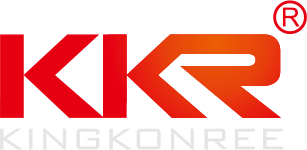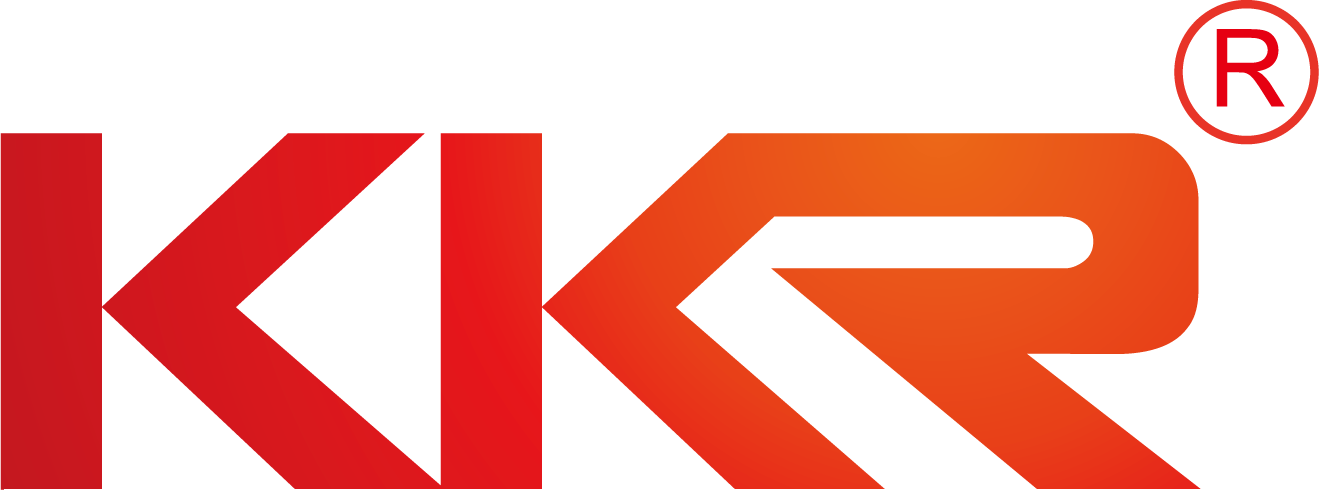 KingKonree - Solid Surface Manufacturer of Sanitary Ware, Solid Surface Countertops & Sheets for over 25 years, innovation in moulding and thermoforming
KingKonree - Solid Surface Manufacturer of Sanitary Ware, Solid Surface Countertops & Sheets for over 25 years, innovation in moulding and thermoforming
Sanitary ware companies try 3D printing technology, customizable wash basins
On December 18, according to a German media report, a German company named Sandhelden is trying to apply 3D printing technology in the custom field of the sanitary ware industry. At present, the custom-made washbasins printed by the company using 3D printing technology are already on the market, and the bathtub has not yet been on the market, but there are still some difficulties in material selection and technology.
3D printing technology originated in 1986. It was not until 1990 that people began to pay attention to this technology. In recent years, 3D printing technology has developed rapidly, and its applications in aerospace, medicine, and automobiles have become increasingly mature. Especially in the medical field, doctors can use 3D printing technology to print organ models according to specific patient's body parts or organs, and use these models to plan and practice operations to save lives. Almost all toys for aerospace parts are now built with the help of 3D printers. In addition, 3D printing technology is also used in the fields of jewelry, architecture, fashion design, art, architecture and interior design. It can be said that 3D printing is slowly penetrating people's daily lives. Sandhelden CEO Peter Schiffner said: 'Our idea is to use 3D printing to open up a new market in the bathroom industry.'
Manufacturing costs High
Currently, the most widely used 3D printing technologies are selective laser sintering (SLS), fused deposition modeling (FDM) and stereolithography (SLA). Selective laser sintering and fused deposition modeling are used to produce layers of melted or softened materials. It is understood that the biggest obstacle to the application of 3D printing technology is high cost. Professional 3D software and 3D model design are one of the reasons for the high cost of 3D printing. Sandhelden uses 3D technology to print custom wash basins that are expensive. According to Peter Schiffner, the cost of customized wash basin series products is between 1129 and 1599 Euros. The high cost means that the price is also high, and the market space will naturally become smaller.
The 3D model is complex
Another obstacle that affects the promotion of 3D printing technology is that it takes several hours or even days to print a 3D model (depending on the complexity and resolution of the model). rate). The current resolution of 3D printers is about 328 x 328 x 606 dpi (XYZ), 656 x 656 x 800 dpi (XYZ) ultra-high-definition resolution. The accuracy is 0.025mm-0.05mm/inch, and the model size is 737mm×1257mm×1504mm, which requires very high requirements for 3D models.
Less material selectivity
Currently, the raw materials used in 3D printing are metals, ceramics, plastics, sand, etc. The material used in the wash basins listed by Sandhelden is sand. 'Sand is the preferred material. Because it is the natural world and rich in materials, products made from sand are unique.” Schiffner said. However, compared with wash basins, consumers are more demanding on the material and aesthetics of the bathtub. The surface of the bathtub should be smooth and shiny. This is also a problem encountered by Sandhelden. Toilets and squatting toilets are more difficult. Sandhelden No suitable materials have been found yet. On December 21, Taowei.com learned that the domestic ** industrial-grade high-performance ceramic 3D printer and supporting ceramic slurry independently developed by the incubation team of the Kunshan Industrial Technology Research Institute of my country, Bolimai, came out, but this result is only used In the medical field, 3D printing is still a long way from the application in the sanitary ware industry.
The market has not yet recognized it
3D printing can customize products for people and change the way people think about 3D printing and bathrooms. 'We are the first company to use 3D printing in the bathroom market, so we still I don't know how big the market is now,' Schiffner said. 3D printed bathroom products are very rare in people's lives. People don't know if a 3D printed sink can be leak-proof and how long it will last. Therefore, how to ensure that the 3D printed bathroom products meet the current product standards is a big problem. Compared with technology and cost, it will take time for 3D printed sanitary products to be recognized.
3D printing is a brand-new technology, as Schiffner said, it is changing the way people think about 3D printing and bathrooms. 'This kind of innovation can help us produce green products and create a better The world.” It is people's continuous experimentation and innovation that promote the continuous progress and development of the sanitary ware industry.
Company Info
Address:Room No. 2408-2508, Building 5A, Longguang Jiuzuan, Longhua District, Shenzhen, China
Zip Code: 518131
Tel: +86 (0)755-82875700
Fax: +86 (0)755-82875921

